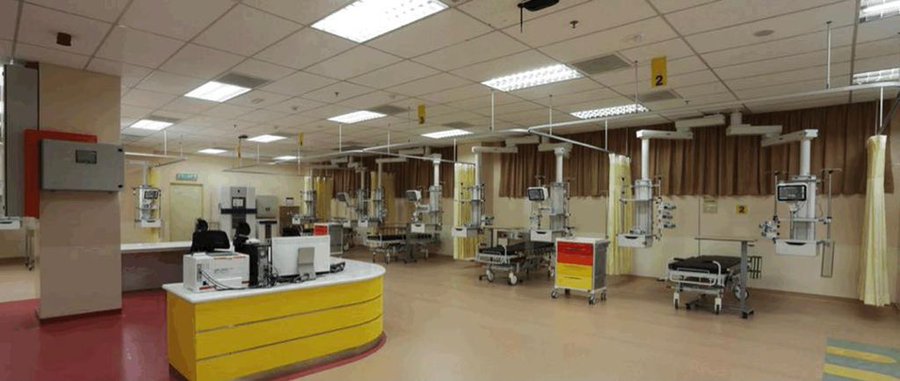
Following a day at the Hospital Tuanku Jaafar Emergency Department, I am compelled to write this letter.
A few visits, a few observations, and a few experiences made me ponder how a government hospital should operate. What is the actual problem that gives a government hospital the feeling of lack instead of hope?
Are our hospitals equipped with well-functioning machines? Is the staffing adequate? Are the healthcare practitioners capable enough to handle the patients, or are they reliant on their seniors? On February 14, 2023, NST released an article regarding healthcare professionals being overworked and underpaid. Is this why professionals are not able to perform at an optimum level due to apathy, lack of sleep, and insufficient break times?
I am still figuring out what is insufficient in a government hospital that frustrates the patients or anyone who visits the hospital.
Now, I am not saying the doctors and nurses are substandard. I have a fair amount of respect for them, and I will always be grateful to them for handling my sister’s complicated delivery with professionalism and not neglecting my family during COVID.
I am purely referring to the service and the ambience. Seremban GH is one building that can be seen from most parts of Seremban and has been serving well over the years. However, these days the building looks like it is in serious need of refurbishing but this should not be about more development as it is already a congested area.
A couple of months ago, I rushed my mother to the emergency room at Seremban GH. Now, the department has been relocated, and neither my father nor I were aware of this. I drove her directly to the original location, only to find renovations happening. The signboards before heading up to the emergency room were not obvious enough for me to notice the change.
We found the relocated spot. At that point, my mother’s oxygen level was dropping, and she couldn’t walk. Hence, my father went to get her a wheelchair. And, guess what? The wheelchair was broken. Apparently, most of the wheelchairs in the emergency room are broken. The footrest is tied with a rope against the front rigging or the frame.
My mother was dashed with her experiences in the emergency room until she was admitted to a ward. During one shift, a nurse brought the vital sign monitor to take my mother’s readings. Everything was going smoothly until I noticed my mother’s oxygen reading—it showed 82%. I was confused because my mother wasn’t experiencing shortness of breath. I asked the nurse if the reading was accurate, and she said no. She literally banged the monitor to get it to function properly. All this time, I thought it was like an Asian TV remote issue; little did I know it applies to all machines.
My concern is, how can we trust data from a machine like this?
My friend’s mom started experiencing excruciating pain in her chest a fortnight ago. We rushed her to the nearby clinic. Upon enquiring about her symptoms, the doctor proceeded with an ECG, and thereafter he referred her to Seremban GH. He emphasised that we should go there immediately.
After her admission, the healthcare workers did what was required. A specific blood test was conducted to identify if the proteins or enzymes were elevated in the bloodstream and confirm the presence of a heart attack. Everything was on track until they informed us that the estimated waiting period for the results was 5 hours. The reason behind this was that the laboratory is farther from the emergency room.
It’s a known fact that patients are flooding government hospitals. A question arises from this: what is the responsible party doing to mitigate the situation?
During her visit, she came across a non-Malaysian uncle who had an occupational injury that day and was waiting to be treated and admitted to the ward for almost 15 hours. All he did was sit on a chair—no bed—to stretch his leg.
The suspected heart patient had a sleepless night on an uncomfortable chair with no bed to rest on until she returned home. Finally, my friend’s mother arrived back home at 7 a.m. The waiting game made her more fatigued than her own condition. The only thing she told me was that Seremban emergency service is not laudable, and I couldn’t even disagree with her statement since my mother did tell the same thing to me.
I am reiterating this: the healthcare professionals treated the mothers thoroughly and referred them for the next step. It’s how they were taken care of while they were waiting. That’s something we need to change. Don’t you think so?
They visit to cure, not to exacerbate their conditions.